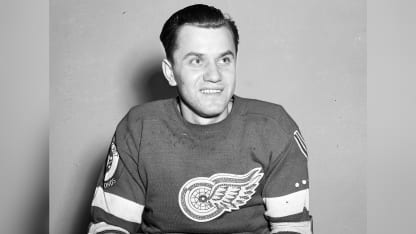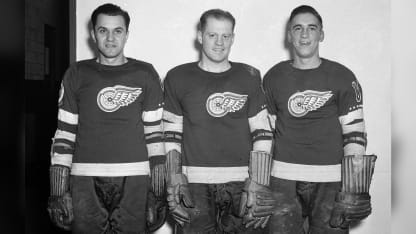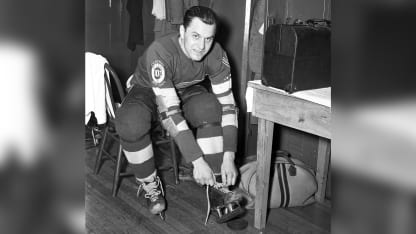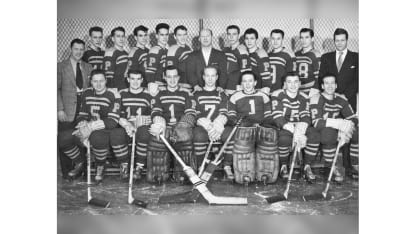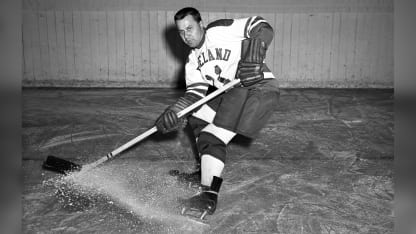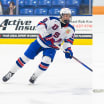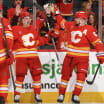Steve Wochy takes personal stock a century and a year into his remarkable life.
“What can I complain about? Nothing,” he says, his 101-year-old glass not half full, but in fact overflowing. “What can I say? I’m still here.”
The story of the NHL’s most senior player is one you probably couldn’t write as fiction even if you could spell his birth name, Stefan Wojciechowski, arriving on Dec. 25, 1922 as the last of six children born to Polish immigrants.
The name was dramatically shortened when it became clear that few, including legendary radio broadcaster Foster Hewitt, could pronounce it, most everyone calling him Wochy anyway.
“They spelled it A-B-C-D-E-F-G,” he jokes. “Growing up, instead of calling me Wojciechowski, they said, ‘Wochy, Wochy, Wochy…’ We might as well change it, so we changed it.”
Today, the 2024 Stanley Cup Final soon to crown the League’s newest champion, Wochy rewinds 79 years to his coming within one tantalizing win of hockey’s grandest prize.
